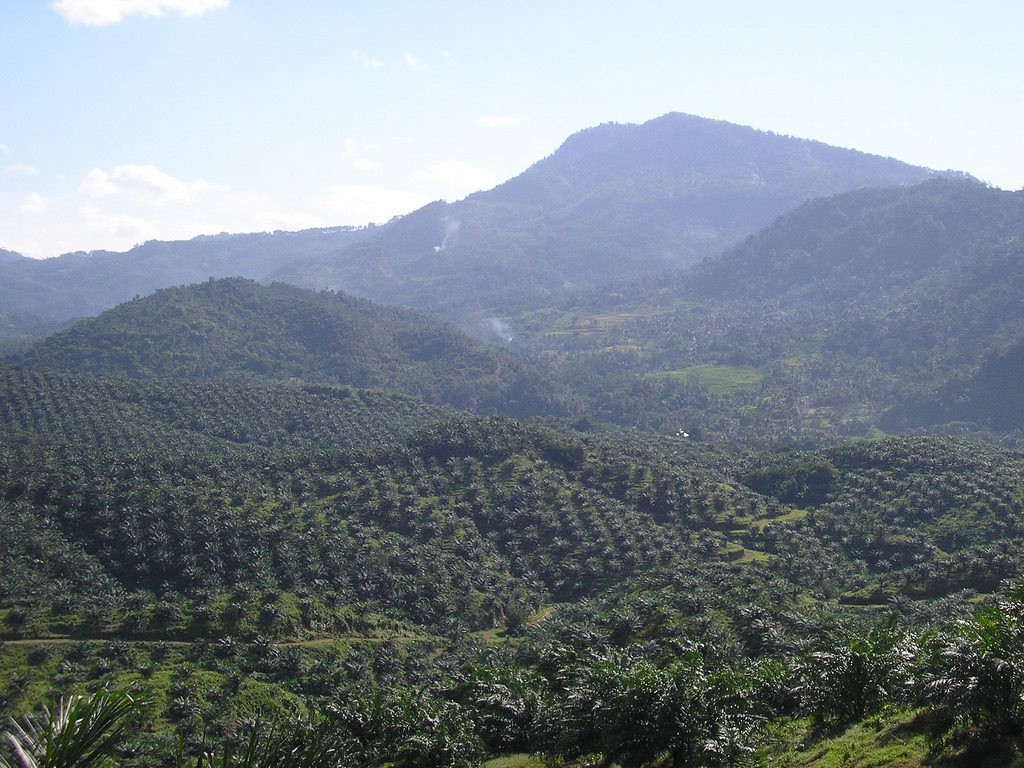
Deforestation is defined as the intentional destruction of trees and other vegetation without reforesting or allowing the forest to regenerate itself.
In Indonesia, industrial agriculture, primarily for the production of palm oil, is a major driver of deforestation. But, according to researchers at Duke University, its impact has diminished proportionately in recent years as other natural and human causes have emerged. Their peer-reviewed findings were recently published in the journal Environmental Research Letters.
According to the study’s lead author, large-scale plantations were responsible for more than half of Indonesia’s deforestation in the late 2000s, peaking between 2008-2010 when an average of 1.5 million acres of forest was lost annually. The expansion of the massive plantations was responsible for 57% of the forest loss. Between 2014-2016, an average of more than 2 million acres of forest was lost annually, but plantation expansion only accounted for 25% of this figure. While the overall rate of deforestation continued to grow, other factors were responsible for most of it.
Conversions of forests to grasslands rose sharply in 2015 and 2016 when El Nino caused severe droughts and forest fires. Small-scale farming, often overshadowed by industrial agriculture, was also found to play a bigger role, accounting for 25% of all forest loss.
Indonesia has experienced some of the highest rates of deforestation. Its forests absorb and store vast amounts of climate-warming carbon dioxide, help prevent erosion and flooding, and provide habitat to thousands of species. Understanding the varied causes of Indonesian deforestation should help conservationists and policymakers better address the problem.
************
Web Links
Palm oil not the only driver of forest loss in Indonesia
Photo, posted March 26, 2018, courtesy of Achmad Rabin Taim via Flickr.
Earth Wise is a production of WAMC Northeast Public Radio.
Leave a Reply